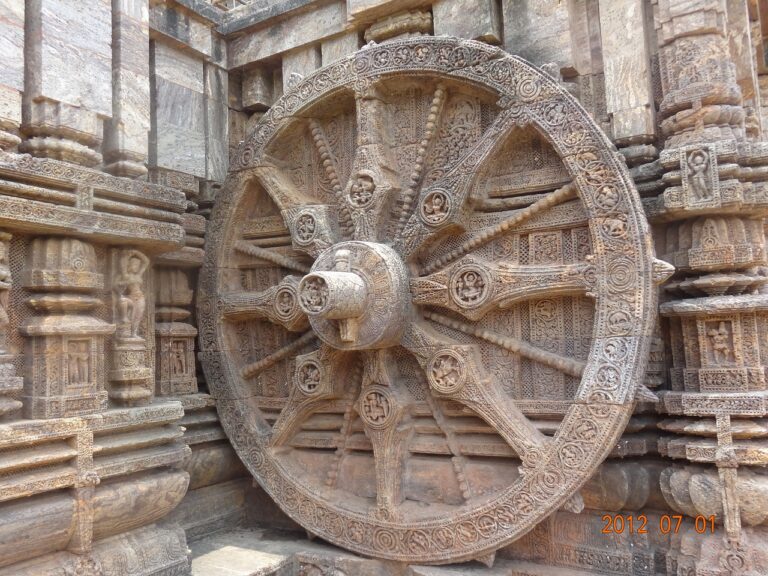Designing COVID-Safe Polling Booths: Lessons Learned from the Pandemic
11xplay online id, india24bet login, skyinplay:It’s been nearly two years since the world was hit by the COVID-19 pandemic. During this time, we have all had to adapt to a new way of living, including how we conduct one of the most fundamental aspects of our democracy voting. As countries around the world continue to hold elections, the design of polling booths has come under scrutiny to ensure the safety and well-being of voters and poll workers. In this article, we will explore the lessons learned from the pandemic and how we can design COVID-safe polling booths moving forward.
The pandemic has forced us to rethink how we interact with public spaces, and polling booths are no exception. The design of polling booths plays a crucial role in preventing the spread of diseases and ensuring that voters feel safe and comfortable while casting their ballots. Here are some key considerations to keep in mind when designing COVID-safe polling booths:
1. Adequate Ventilation: One of the most important factors in preventing the spread of COVID-19 is proper ventilation. Polling booths should be well-ventilated to reduce the concentration of virus particles in the air. Consider installing air purifiers or opening windows to improve airflow in the polling area.
2. Social Distancing: Maintaining a safe distance between voters is essential to prevent the spread of COVID-19. Design polling booths in a way that ensures voters are at least six feet apart from each other. This may include rearranging furniture or adding markers on the floor to indicate where voters should stand.
3. Sanitation Stations: Make hand sanitizer readily available at polling booths for voters to use before and after casting their ballots. Additionally, provide disinfectant wipes for voters to clean any surfaces they come into contact with, such as voting machines or pens.
4. Contactless Voting: Minimize physical contact between voters and poll workers by implementing contactless voting options. This could include using electronic voting machines or providing single-use pens for voters to mark their ballots.
5. Clear Signage: Ensure that polling booths are clearly marked with signage indicating COVID-19 safety protocols, such as wearing masks and maintaining social distancing. This will help voters feel more confident in their safety while at the polling station.
6. Protective Barriers: Installing transparent barriers between voters and poll workers can help reduce the risk of virus transmission. Consider adding plexiglass shields at check-in counters and voting booths to create a physical barrier between individuals.
7. Remote Voting Options: Offer remote voting options for individuals who are unable or uncomfortable voting in person. This could include mail-in ballots or online voting platforms to accommodate those who are at higher risk of contracting COVID-19.
As we continue to navigate the challenges of the pandemic, it is more important than ever to prioritize the safety and well-being of voters and poll workers. By implementing these design elements in polling booths, we can help ensure a safe and secure voting experience for all.
FAQs:
Q: How can I find out if my local polling booth is following COVID-19 safety protocols?
A: Contact your local election office or visit their website to learn more about the safety measures in place at your polling booth. They should be able to provide you with information on how they are ensuring the safety of voters and poll workers during the pandemic.
Q: Can I request a mail-in ballot if I do not feel comfortable voting in person?
A: Yes, many states offer mail-in or absentee voting options for individuals who are unable or uncomfortable voting in person. Contact your local election office to request a mail-in ballot and ensure that your vote is counted in the upcoming election.
Q: What should I do if I encounter someone at the polling booth who is not following COVID-19 safety protocols?
A: If you encounter someone at the polling booth who is not following safety protocols, such as not wearing a mask or standing too close to others, kindly remind them of the guidelines in place. If the issue persists, notify a poll worker or election official for assistance.







